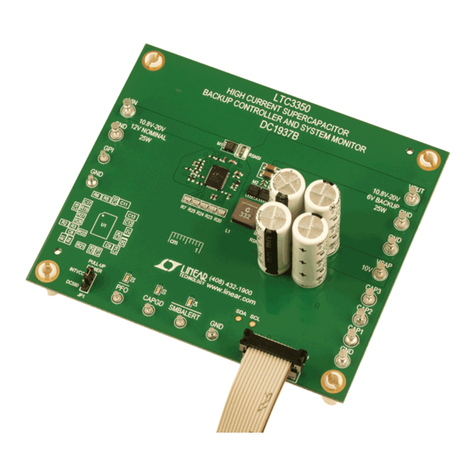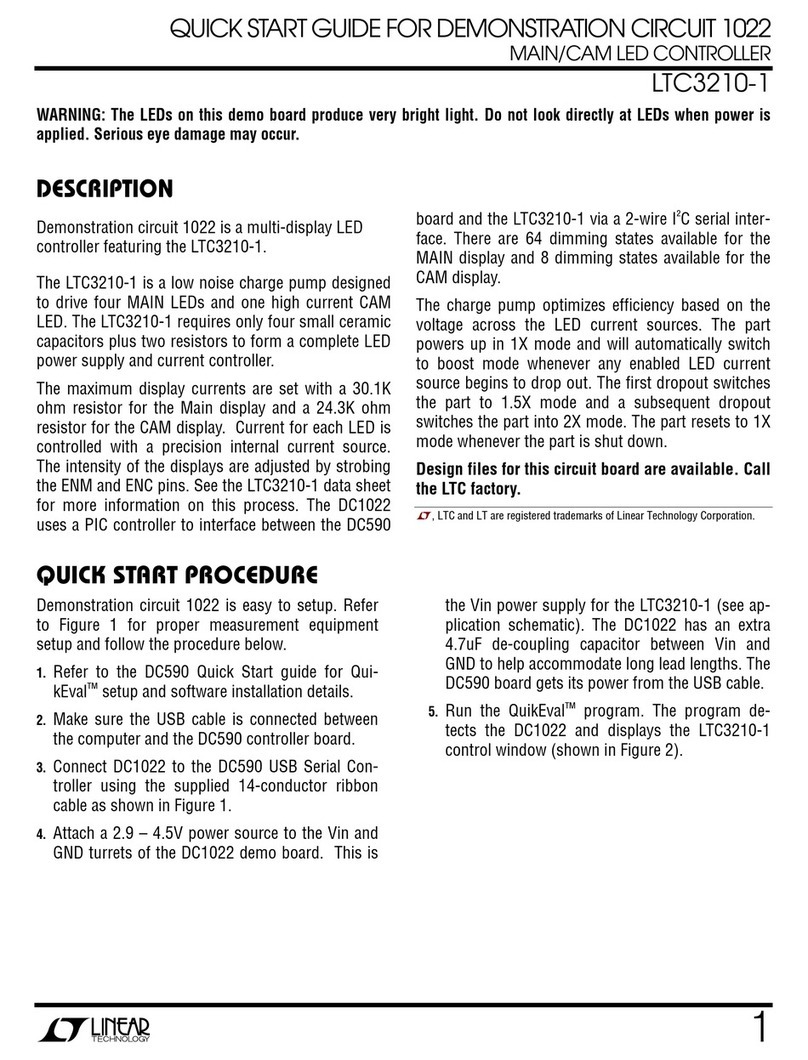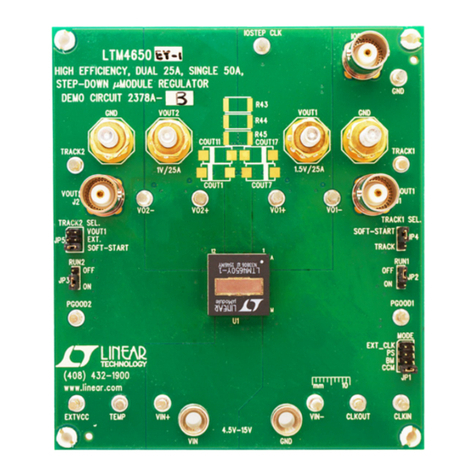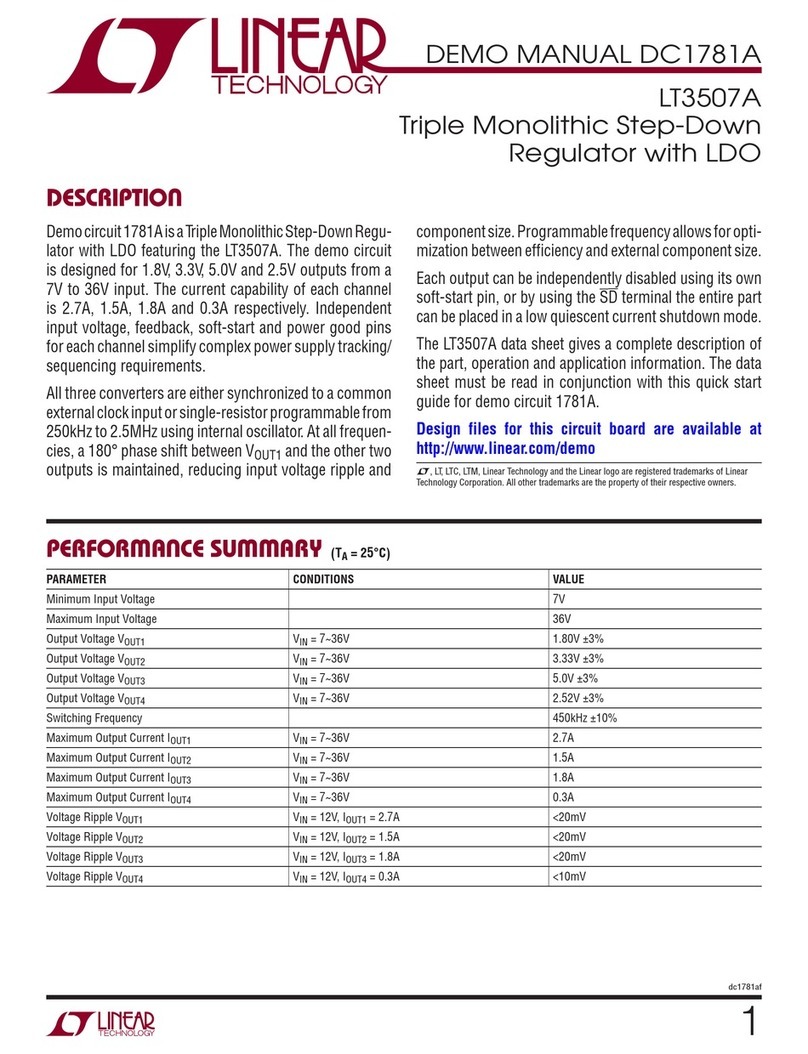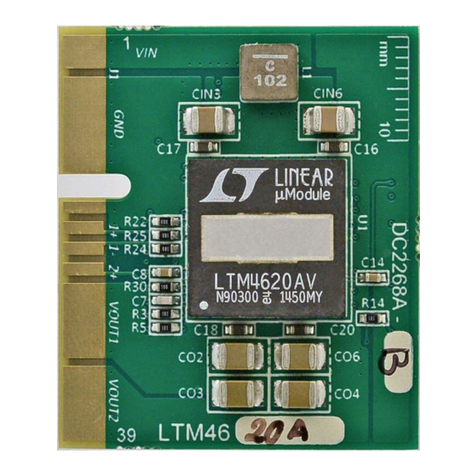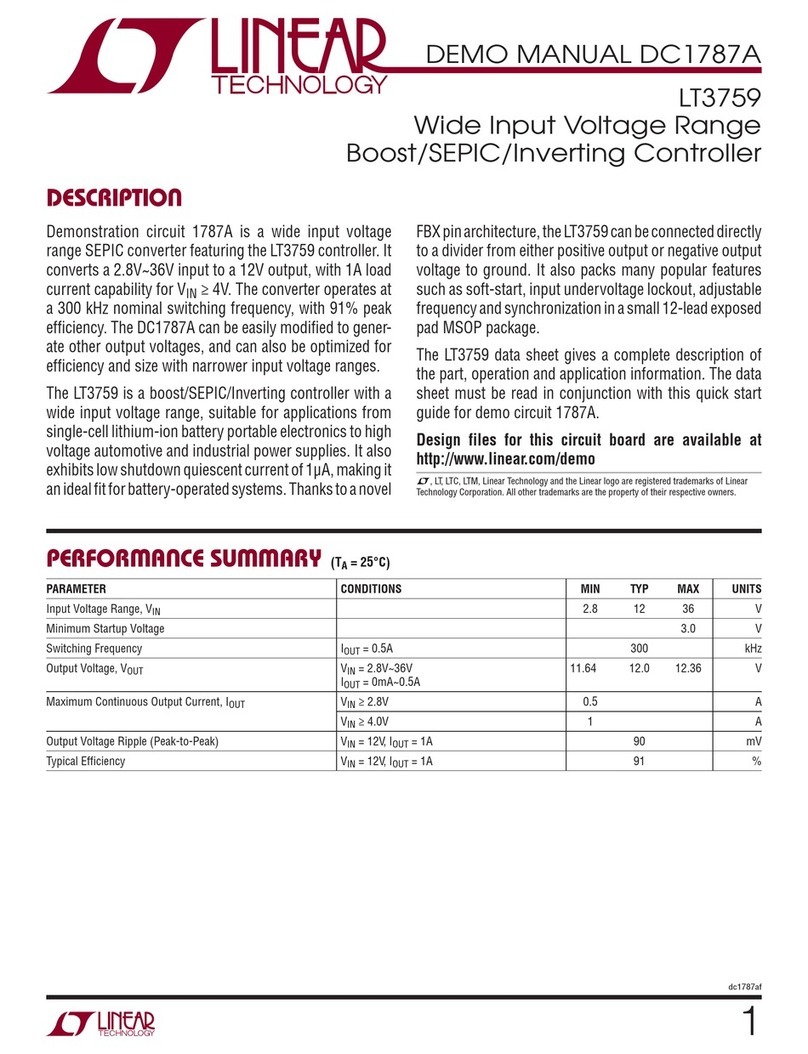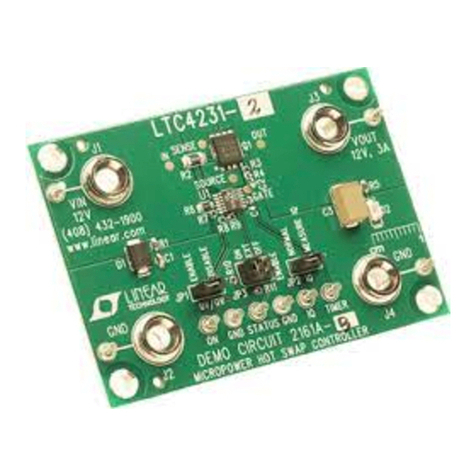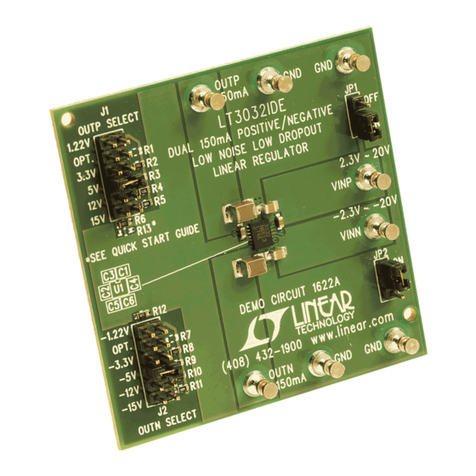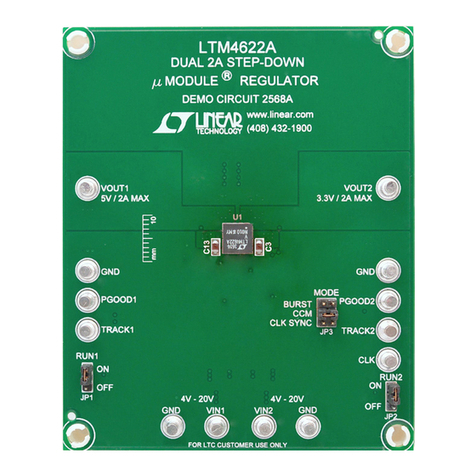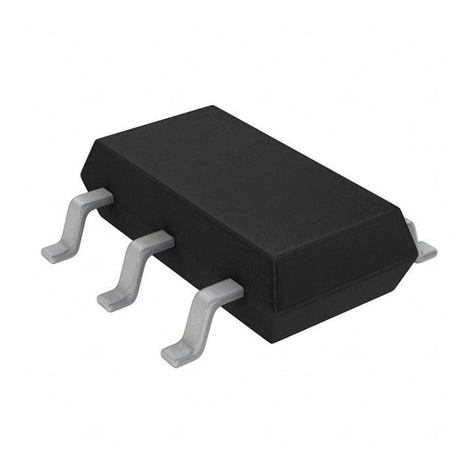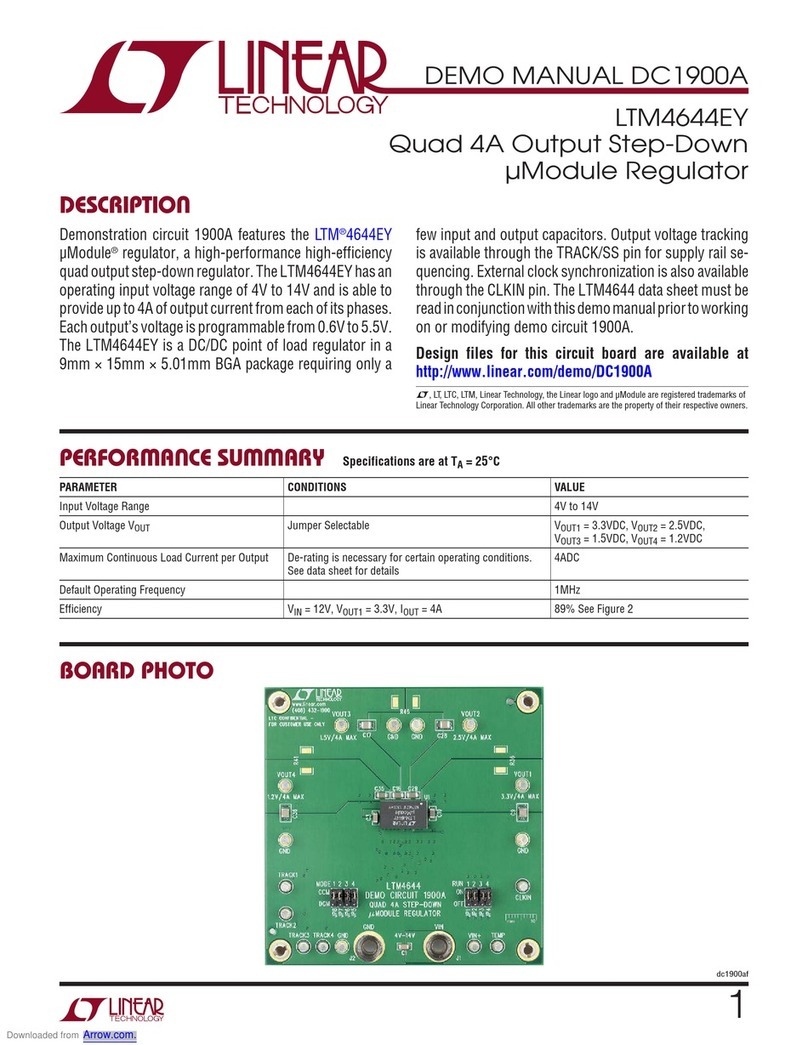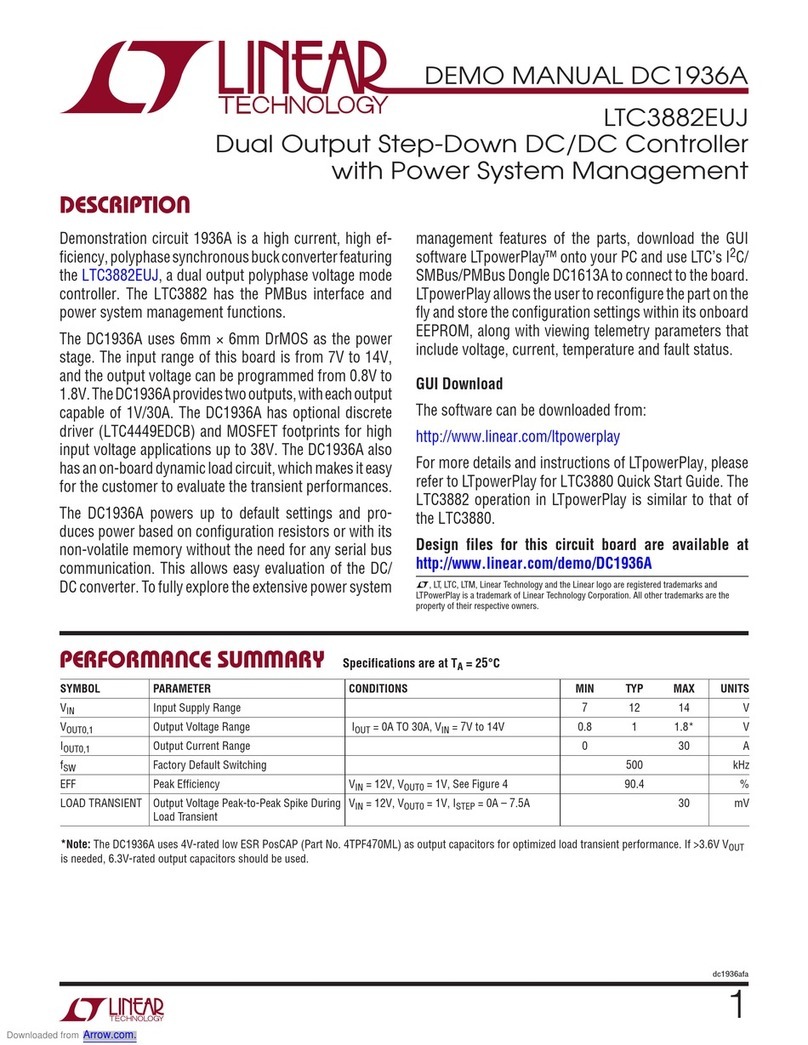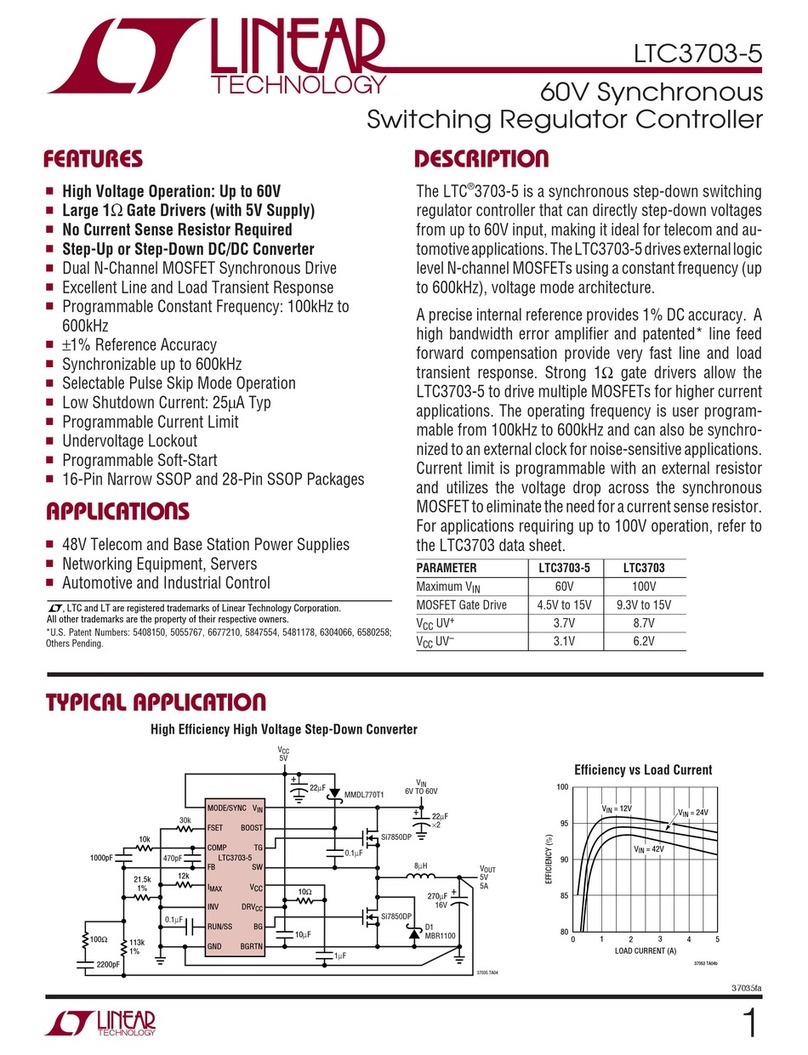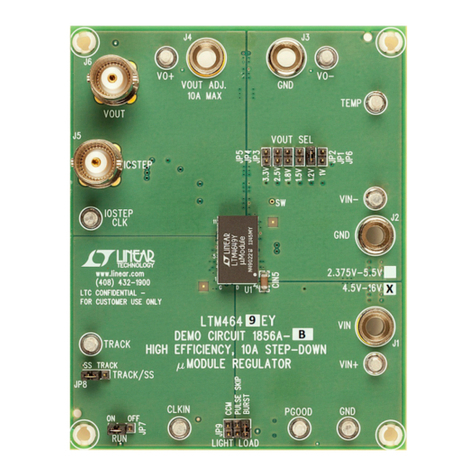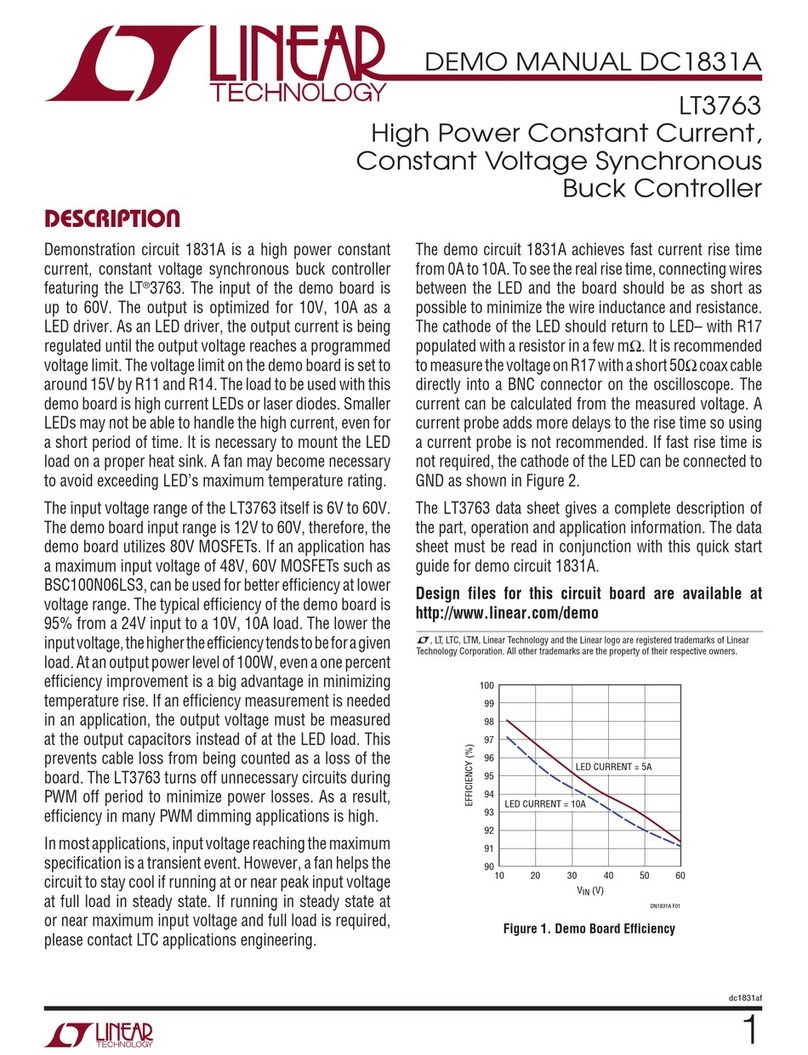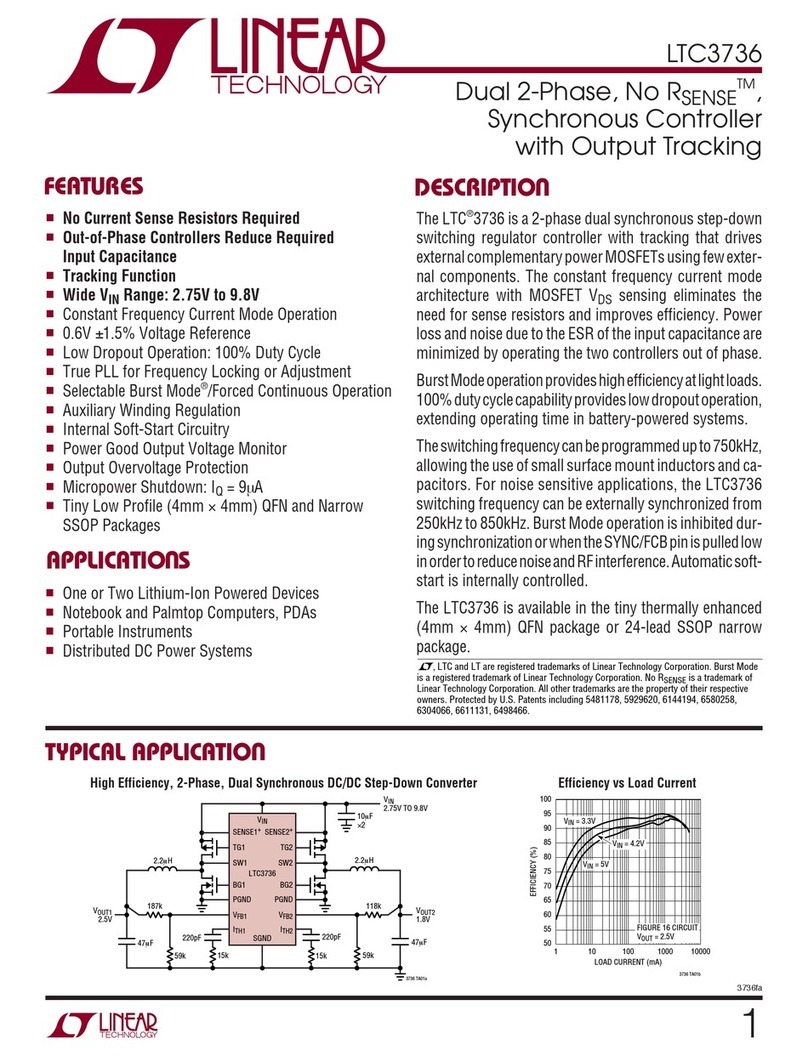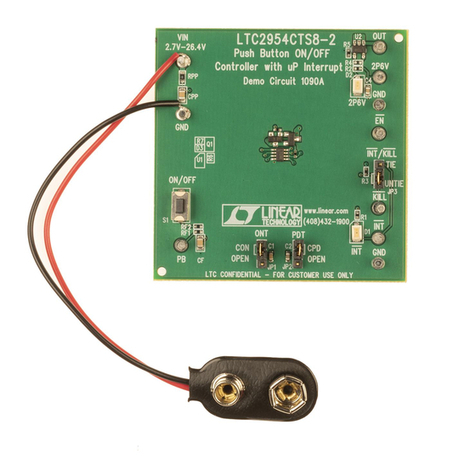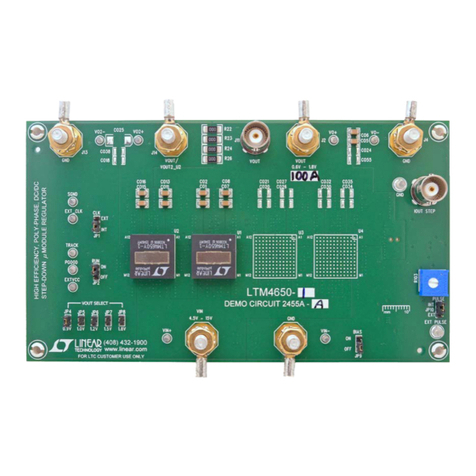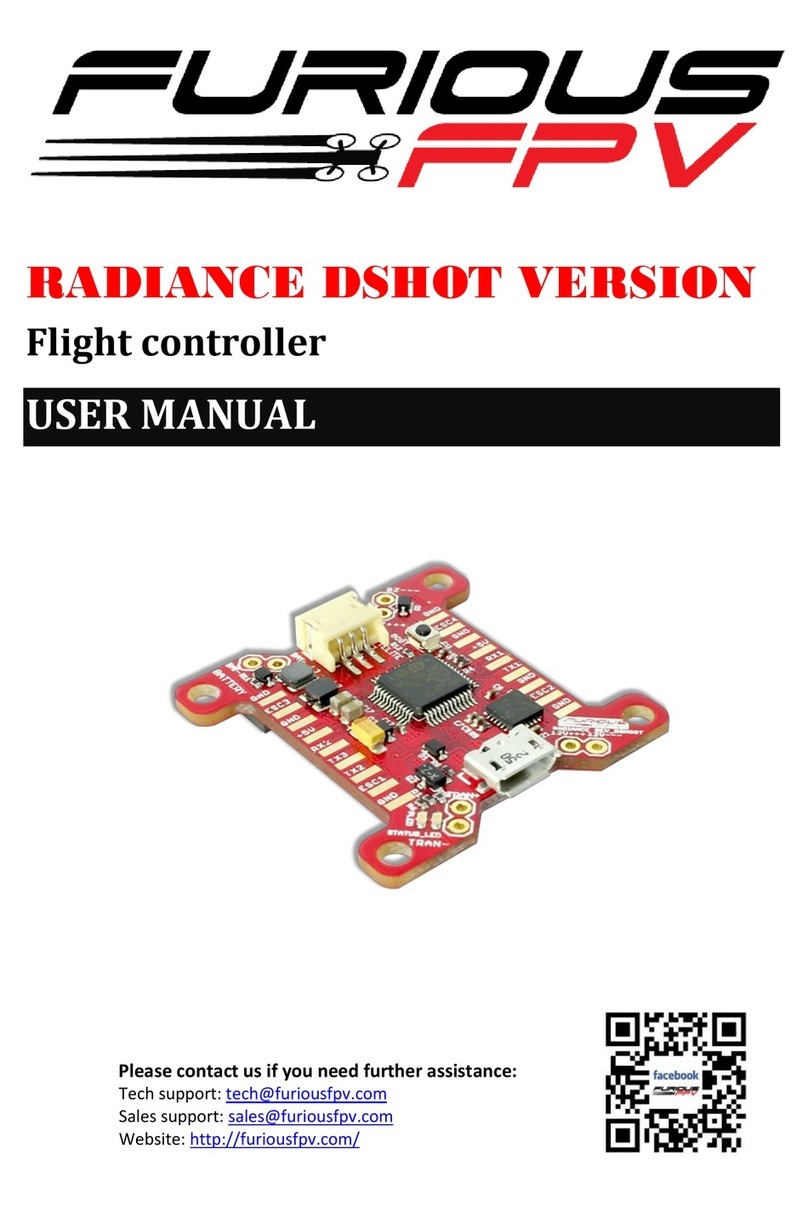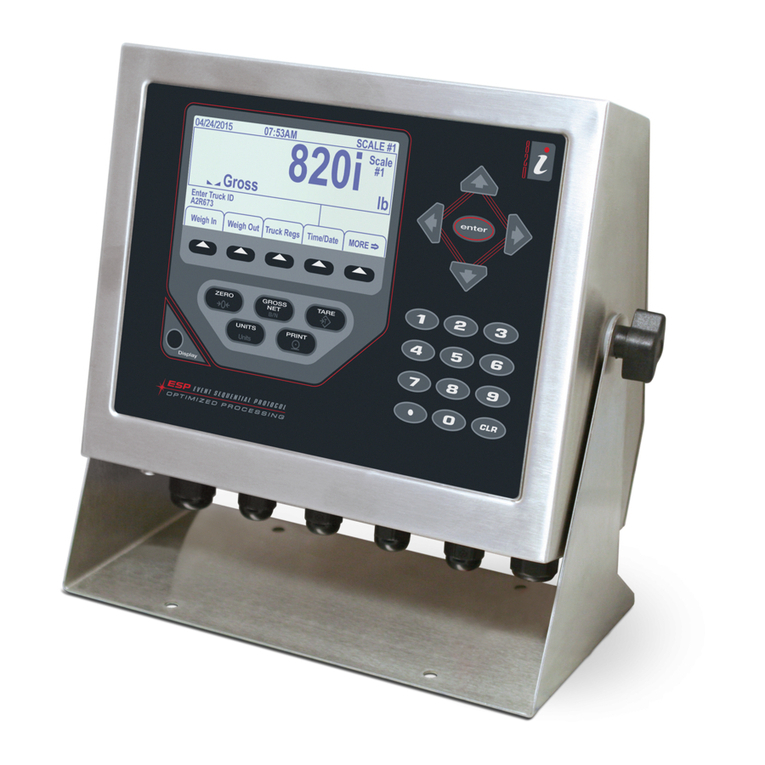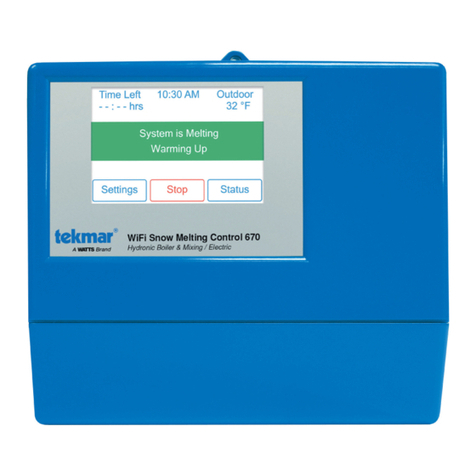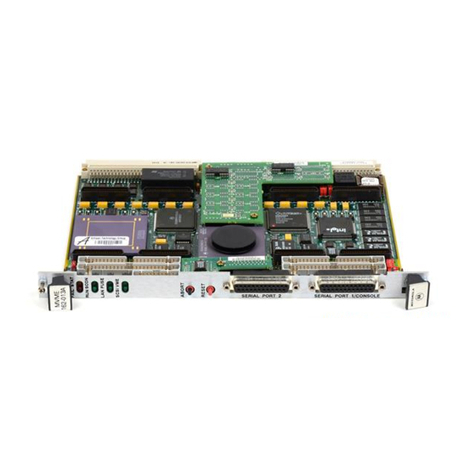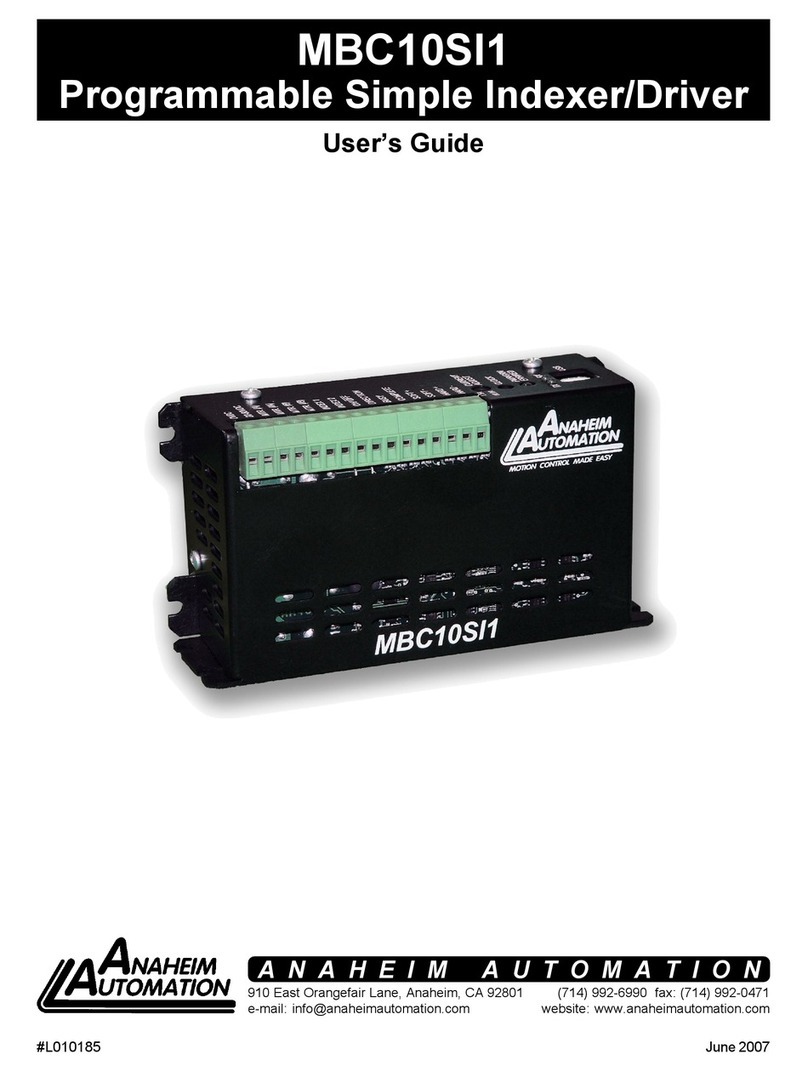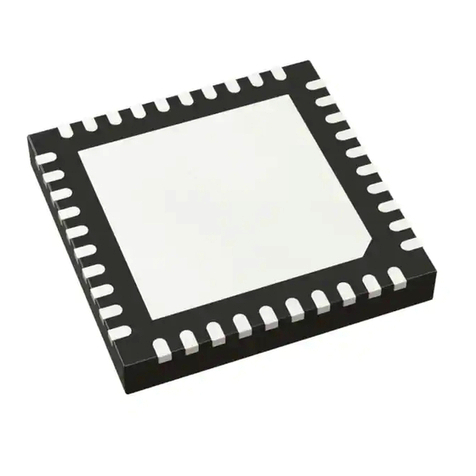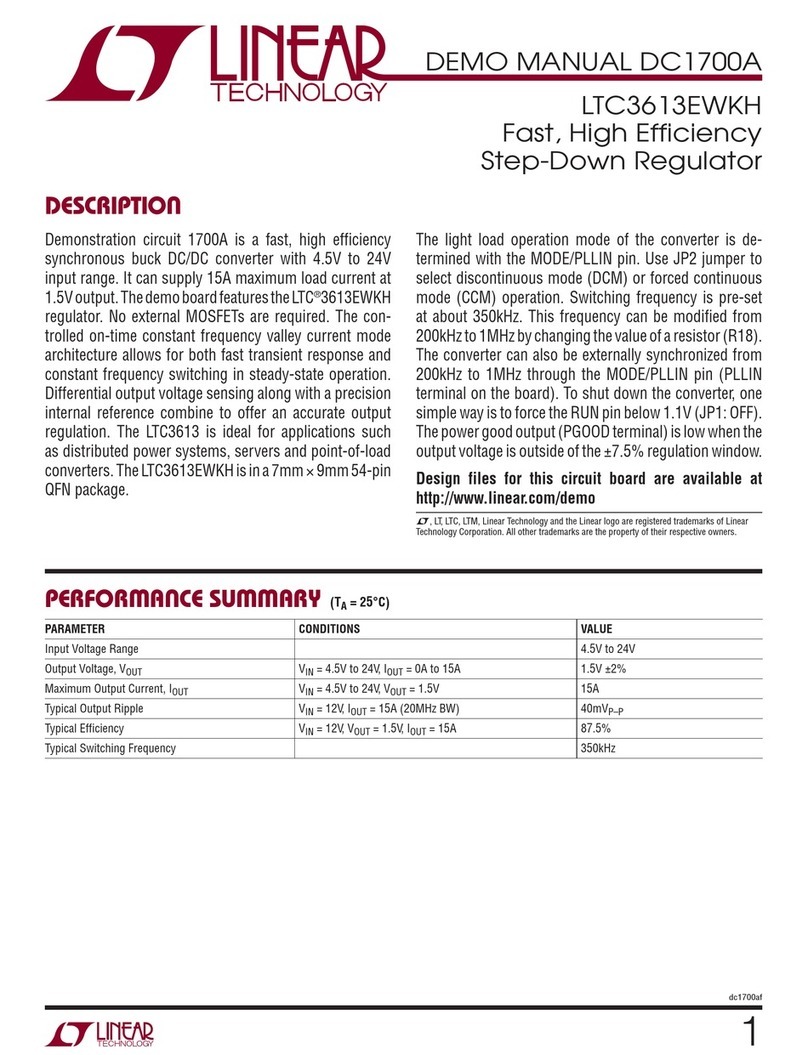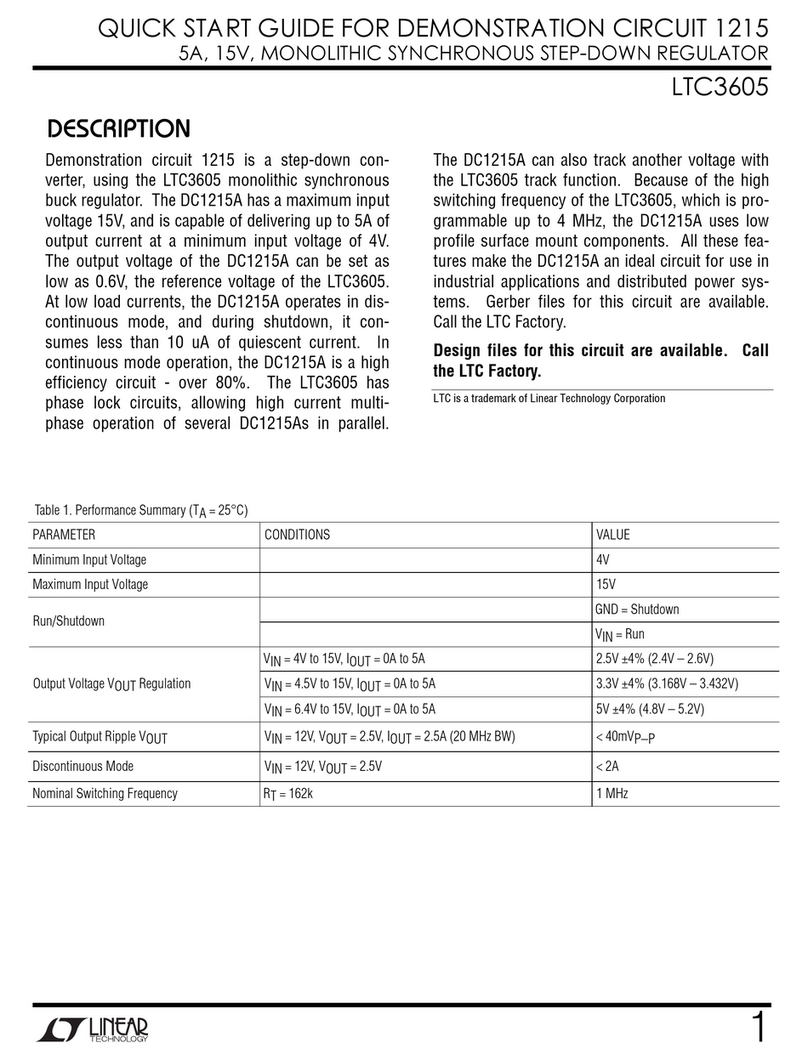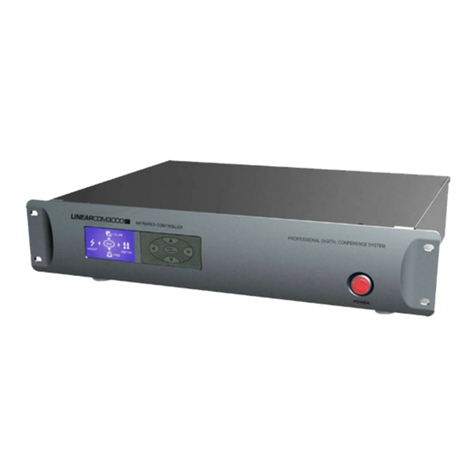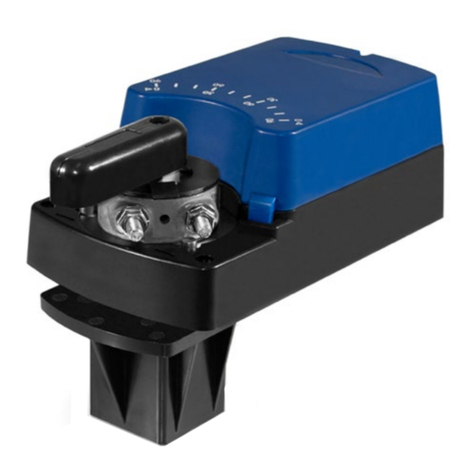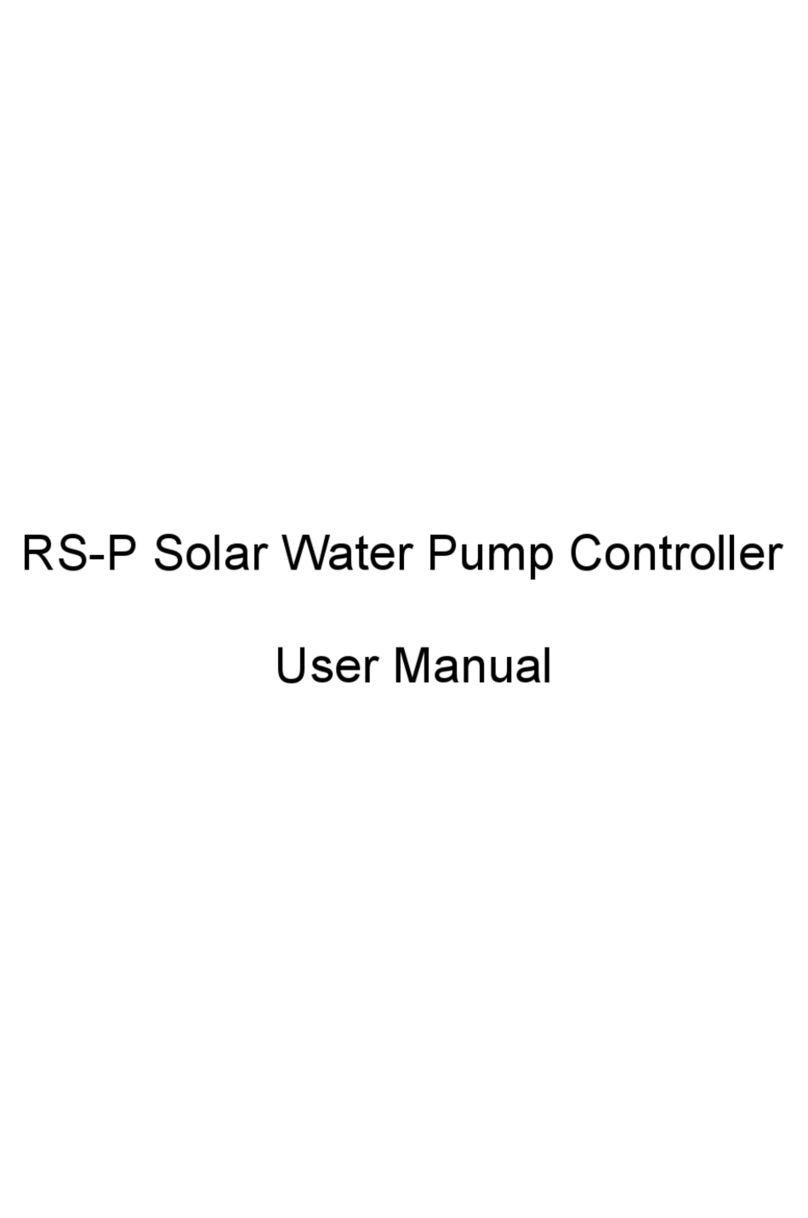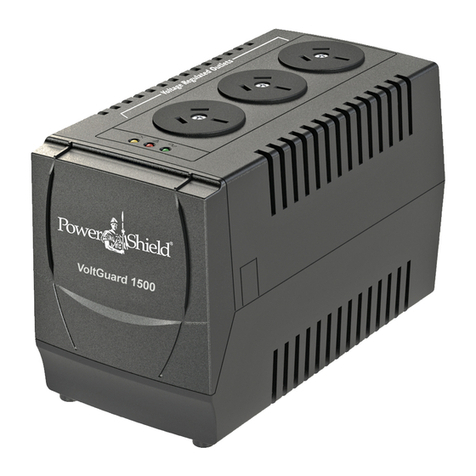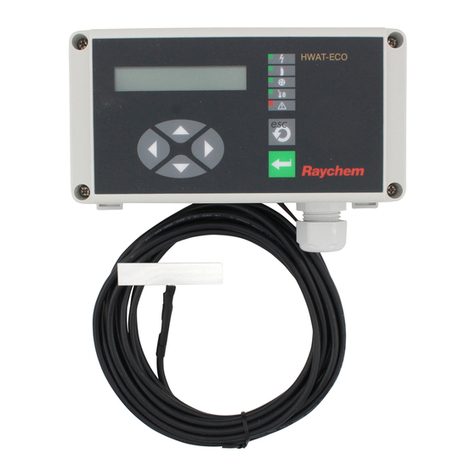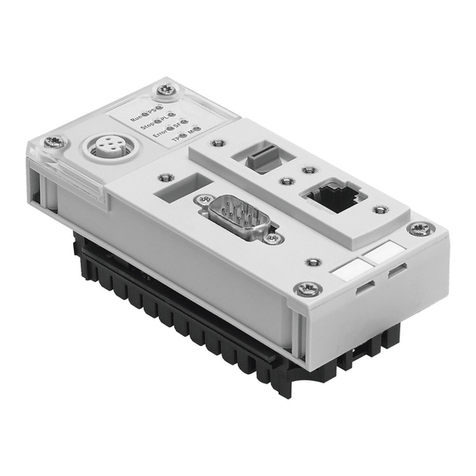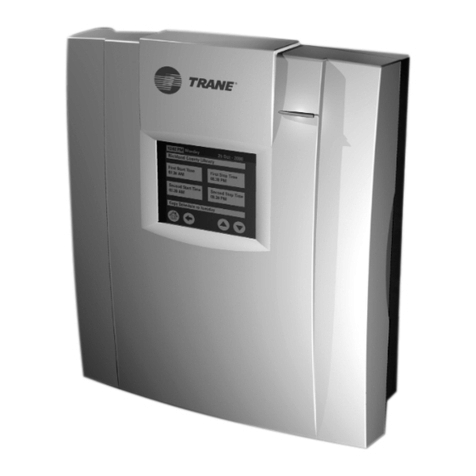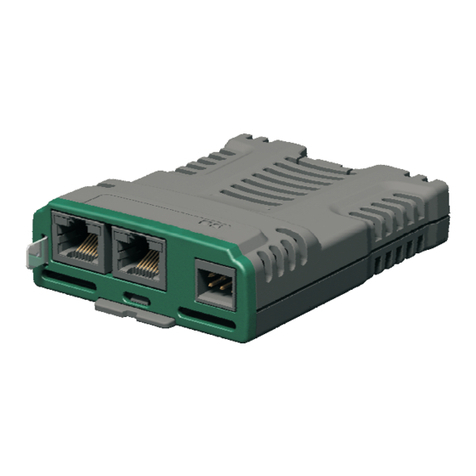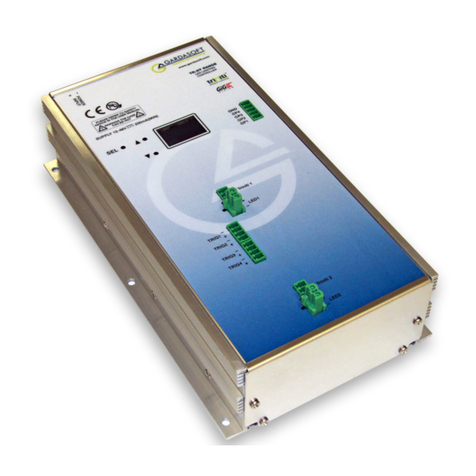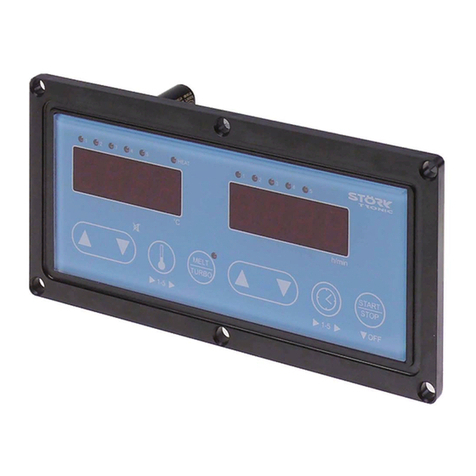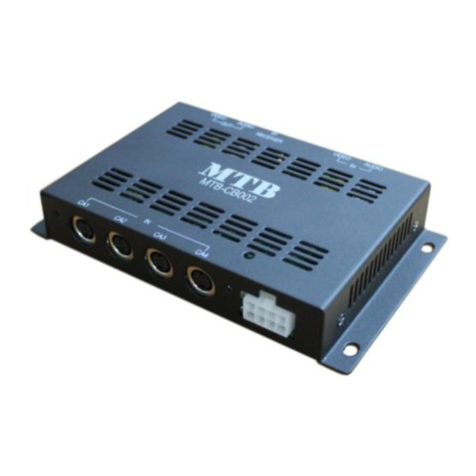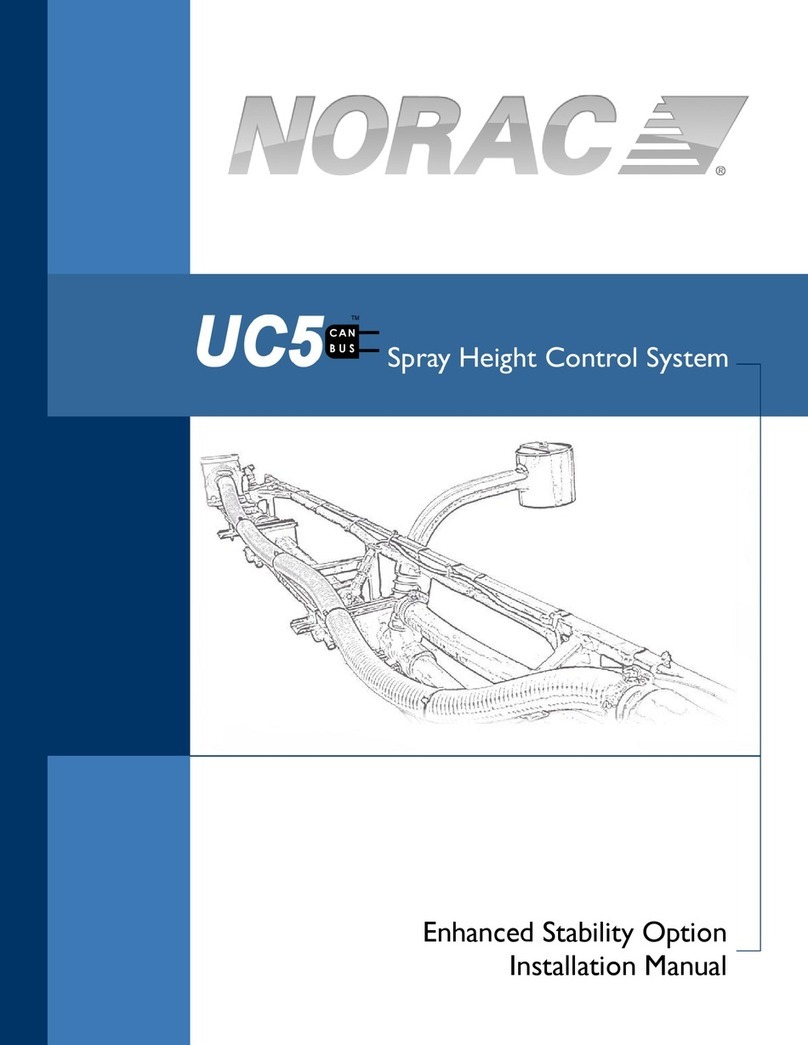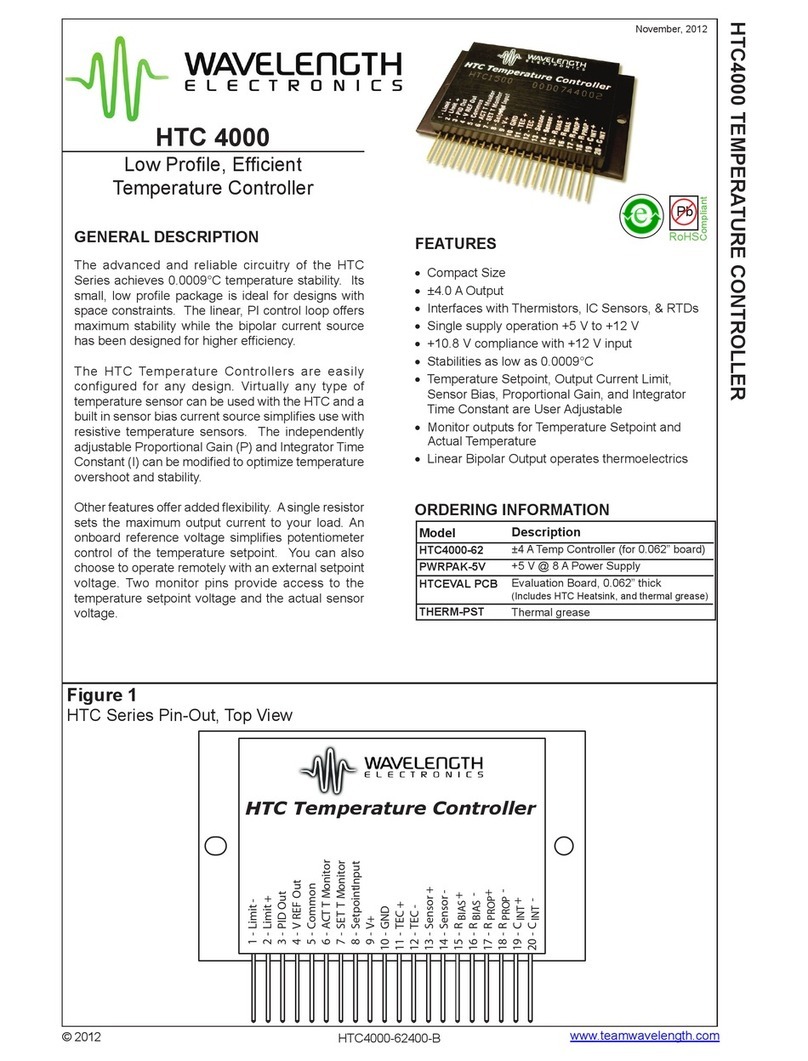
7
LTC1624
APPLICATIONS INFORMATION
WUU U
The LTC1624 can be used in a wide variety of switching
regulator applications, the most common being the step-
down converter. Other switching regulator architectures
includestep-up,SEPICandpositive-to-negativeconverters.
ThebasicLTC1624step-downapplicationcircuitisshown
in Figure 1 on the first page. External component selection
is driven by the load requirement and begins with the
selection of R
SENSE
. Once R
SENSE
is known, the inductor
can be chosen. Next, the power MOSFET and D1 are
selected. Finally, C
IN
and C
OUT
are selected. The circuit
shown in Figure 1 can be configured for operation up to an
input voltage of 28V (limited by the external MOSFETs).
Step-Down Converter: R
SENSE
Selection for
Output Current
R
SENSE
is chosen based on the required output current.
The LTC1624 current comparator has a maximum thresh-
old of 160mV/R
SENSE
. The current comparator threshold
sets the peak of the inductor current, yielding a maximum
average output current I
MAX
equal to the peak value less
half the peak-to-peak ripple current, ∆I
L
.
Allowing a margin for variations in the LTC1624 and
external component values yields:
RmV
I
SENSE MAX
=100
The LTC1624 works well with values of R
SENSE
from
0.005Ωto 0.5Ω.
Step-Down Converter: Inductor Value Calculation
With the operating frequency fixed at 200kHz smaller
inductor values are favored. Operating at higher frequen-
cies generally results in lower efficiency because of
MOSFET gate charge losses. In addition to this basic
trade-off, the effect of inductor value on ripple current and
low current operation must also be considered.
Theinductor value hasadirecteffecton ripple current.The
inductor ripple current ∆I
L
decreases with higher induc-
tance and increases with higher V
IN
or V
OUT
:
∆IVV
fL
VV
VV
LIN OUT OUT D
IN D
=−
()()
+
+
where V
D
is the output Schottky diode forward drop.
Accepting larger values of ∆I
L
allows the use of low
inductances, but results in higher output voltage ripple
and greater core losses. A reasonable starting point for
setting ripple current is ∆I
L
= 0.4(I
MAX
). Remember, the
maximum ∆I
L
occurs at the maximum input voltage.
The inductor value also has an effect on low current
operation. Lower inductor values (higher ∆I
L
) will cause
Burst Mode operation to begin at higher load currents,
which can cause a dip in efficiency in the upper range of
low current operation. In Burst Mode operation lower
inductance values will cause the burst frequency to
decrease. In general, inductor values from 5µH to 68µH
are typical depending on the maximum input voltage and
output current. See also Modifying Burst Mode Operation
section.
Step-Down Converter: Inductor Core Selection
Oncethe value for L is known, the type of inductor must be
selected. High efficiency converters generally cannot
affordthecorelossfoundinlowcostpowderedironcores,
forcing the use of more expensive ferrite, molypermalloy
orKoolMµ
®
cores. Actualcore loss isindependentofcore
size for a fixed inductor value, but it is very dependent on
inductanceselected. Asinductanceincreases,corelosses
go down. Unfortunately, increased inductance requires
more turns of wire and, therefore, copper losses will
increase.
Ferrite designs have very low core loss and are preferred
at high switching frequencies, so design goals can con-
centrate on copper loss and preventing saturation. Ferrite
core material saturates “hard,” which means that induc-
tance collapses abruptly when the peak design current is
exceeded. This results in an abrupt increase in inductor
ripple current and consequent output voltage ripple. Do
not allow the core to saturate!
Molypermalloy (from Magnetics, Inc.) is a very good, low
losscore material fortoroids,butitis more expensivethan
ferrite. A reasonable compromise from the same manu-
facturer is Kool Mµ. Toroids are very space efficient,
especially when you can use several layers of wire.
Because they generally lack a bobbin, mounting is more
difficult. However, designs for surface mount that do not
increase the height significantly are available.
Kool Mu is a registered trademark of Magnetics, Inc.




















